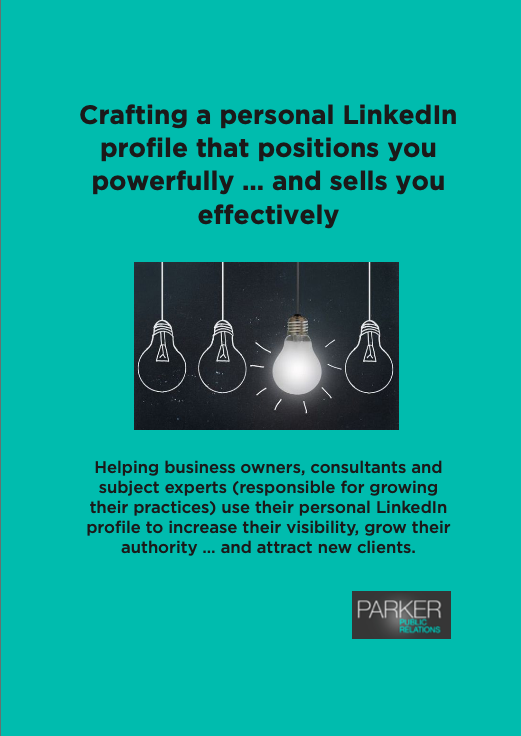In this fantastic article, Entrepreneur magazine addresses how individuals can rise above the clutter and commotion that is the online world and create thought leadership content that gets read, gets viewed and goes viral.
A lot of what the article recommends, I am happy to say, is what I have been rabbiting on about in my blogs over the past six months or so.
According to the article’s author, Remy Scalza, the FIVE keys to rising about the noise, are:
- Get personal. Don’t be afraid to open up about your life and the issues you’re passionate about. With 10 million followers on LinkedIn alone, Richard Branson is the undisputed king of executive thought leadership and does this to great effect. We all know that he is crazy about his family and his kite boarding … and why? Because he tells us!
- Do your homework. The best thought leaders back up their personal observations with hard data: statistics and studies, quotes from respected authorities and careful research. Sheryl Sandberg, Facebook chief operating officer and author of the bestseller Lean In, is a master in this regard. In the book, Sandberg makes a point of marshaling a battery of stats to show us the alarming disparity of power in the workplace. Doing this, gives added credence to what she says.
- Context. Give context to what you have to say by framing your thoughts around current events and trends, says author, Remy Scalza. This way, you’ll be able to engage with a much bigger audience. Aaron Levie, CEO of multibillion-dollar file sharing company Box, does this as well as anyone. To his 192,000 Twitter followers, Levie recently Tweeted: “Now would be a great time for Google to announce that Trump was just out of control A.I., and we all get free Google Fibre for our troubles.” The ultra-topical quip was retweeted nearly 400 times.
- Open up. Be prepared to put yourself out there and say difficult things. This doesn’t mean you have to spill company secrets or alienate your customer base. But it does require that you move beyond the bland, safe corporate shell and show some grit, passion and vulnerability. Brad Feld, the entrepreneur turned venture capitalist, enjoys a huge following on his popular blog, Feld Thoughts. He is ruthlessly candid and introspective, in particular about his long struggles with depression and the links between entrepreneurship and mental instability.
- Offer great take-aways. Dispense real advice that your audience can use. Readers’ time is limited, and they want a return on their investment. Gary Vaynerchuk, the wine merchant turned entrepreneurial icon, has built his hit YouTube show around this very premise. Nearing its 200th episode and counting 169,000 subscribers, #AskGaryVee consists entirely of Vaynerchuk answering viewers’ questions, dispensing one nugget of wisdom after another.
In the end, says Remy Scalza succeeding as a business thought leader isn’t really rocket science. What it does require, however, is commitment: commitment to offer a personal perspective from the frontlines and — above all– commitment to stick with it. From Branson to Vaynerchuk, today’s best thought leaders invest time and emotion in their content.
The reward: on-demand audiences in the millions and a unique spotlight on their companies.


